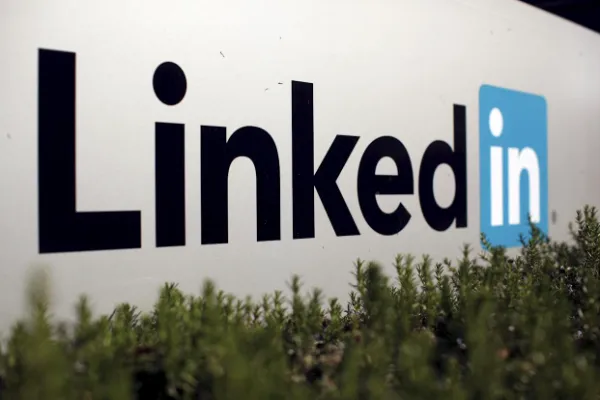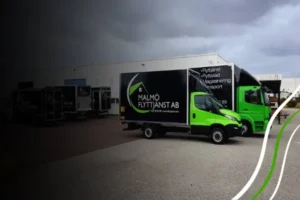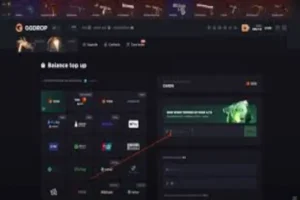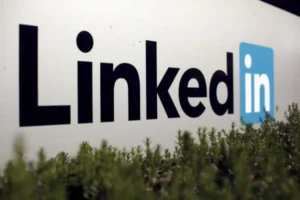LinkedIn Security Crackdown: What Entrepreneurs and Recruiters Need to Know in 2025

The digital landscape of professional networking is shifting, and for many, the sudden reality of a LinkedIn restricted account has become a harsh wake-up call. Welcome to 2025, a year marked by LinkedIn’s most significant security crackdown yet, fundamentally altering how entrepreneurs and recruiters navigate the platform. This is a comprehensive re-evaluation of user behavior, driven by advanced AI and a renewed commitment to authenticity. The days of aggressive mass connections and robotic messaging are decisively over, replaced by an era demanding genuine engagement and strict adherence to evolving, sometimes subtle, guidelines.
This article is an essential briefing for the audience like entrepreneurs, technology companies, and recruiters who are particularly vulnerable to these changes. We’ll dissect the new limits, reveal how LinkedIn’s advanced algorithms detect automation, and detail the severe penalties for violating these stricter rules. Most importantly, we’ll provide actionable insights to protect your vital LinkedIn presence, ensuring your outreach remains effective and compliant.
The New Digital Frontier: Why LinkedIn is Cracking Down Harder in 2025
LinkedIn’s intensified security measures in 2025 aren’t arbitrary; they’re a response to years of escalating platform misuse and a strategic move to preserve its professional integrity. The proliferation of spam, aggressive sales tactics, and sophisticated bots had begun to erode the user experience, threatening the very value proposition of the network.
Several key drivers underpin this crackdown. Firstly, User Experience (UX) Preservation is paramount; users are fatigued by irrelevant messages. The platform prioritizes a cleaner, more respectful environment. Secondly, Advanced AI Detection has evolved dramatically, employing behavioral analytics and pattern recognition to identify human users mimicking bot-like activity. Thirdly, Data Privacy & Security concerns, fueled by global regulations, pressure LinkedIn to protect user data from unauthorized scraping. Finally, Platform Monetization plays a role; by curbing aggressive free outreach, LinkedIn subtly encourages businesses to utilize its paid solutions like Sales Navigator.
For entrepreneurs seeking leads and recruiters hunting talent, understanding these underlying motivations is crucial for adapting your strategies.
New Limits & Shifting Goalposts: What You Can (and Can’t) Do
The days of unrestrained LinkedIn activity are a distant memory. 2025 brings clearly defined, albeit sometimes unstated, new limits designed to enforce human-like interaction.
A significant change is a drastic reduction in connection request thresholds. Where hundreds per week were once tolerated, now 50-100 per week is considered the upper safe limit, with many experts advising as few as 20-30 for genuinely personalized outreach. A high rate of recipients marking “I don’t know this person” or ignoring requests is a critical red flag that will swiftly lead to blocks or restrictions. Personalization is no longer optional but mandatory; generic requests without custom notes are almost guaranteed to be flagged.
Message volume and content are also under intense scrutiny. Mass “copy-paste” messages to new connections are heavily penalized; each initial message must be tailored. Automated, generic follow-up sequences are risky, as LinkedIn values organic conversation flow. Excessive external links, especially in initial messages or posts, are viewed suspiciously, often leading to reduced visibility or flags.
While less strictly enforced, rapidly viewing hundreds of profiles in a short period (especially if combined with other aggressive actions) can signal automated scraping, triggering a security alert. Furthermore, IP address and location consistency are monitored. Frequent logins from vastly different geographical locations within a short timeframe (e.g., via VPNs or distributed automation tools) can flag your account for suspicious activity.
These limits are designed to force quality over quantity, making every interaction count.
The Algorithm’s Eye: How Automation is Being Detected
LinkedIn’s detection algorithms are smarter than ever, employing sophisticated methods to distinguish genuine human activity from automated patterns. This is about identifying any behavior that deviates from natural human interaction.
Behavioral analytics are key. The algorithm profiles your typical activity like time spent, scroll speed, typing patterns, pauses. Any sudden, consistent deviation (e.g., sending messages every 30 seconds exactly, 24/7 activity) immediately raises a flag. LinkedIn’s AI-powered content analysis examines the text of your requests and messages for repetitive phrasing, generic sales language, and keyword stuffing. Truly unique, contextualized messages are harder to flag.
IP and browser fingerprinting contribute to detection. LinkedIn collects data on your IP address, browser type, and extensions; discrepancies or known “bot” fingerprints are easily identified. Engagement quality is also crucial; low response rates, high “ignore” rates, or spam reports signal low-quality outreach. Lastly, third-party tool detection is robust, with LinkedIn actively identifying and blocking browser extensions or desktop applications that directly interact with its front-end, as these violate its Terms of Service.
Penalties: Beyond a Slap on the Wrist
The consequences of violating LinkedIn’s new rules are no longer minor inconveniences. Penalties are swift and severe, directly impacting your business and recruiting efforts.
The most common initial penalty is temporary account restrictions. You might be unable to send connection requests or messages, or even log in for days or weeks. For egregious or repeated violations, permanent account bans can occur, meaning loss of your network, recommendations, content, and professional history. Recourse is often limited. Persistent violations by individuals can also negatively impact the company page’s visibility or lead to its restriction. For large-scale data misuse, legal action is also a possibility.
For entrepreneurs and recruiters, a restricted or banned account can translate directly to lost revenue, delayed hiring, and significant reputational damage.
Navigating Safely: Strategies for Entrepreneurs and Recruiters
Operating effectively on LinkedIn in 2025 requires a strategic shift towards mindful, quality-driven engagement.
Prioritize Genuine Personalization: Always research prospects before connecting or messaging, reviewing their profile and activity. Craft tailored connection requests and initial messages referencing something unique about them. Your initial outreach should offer value or suggest a commonality, not immediately pitch.
Respect Daily & Weekly Limits: Operate well below the new upper limits; aim for 10-15 personalized connection requests per day, spread out. Vary your activity: like posts, leave thoughtful comments, share relevant articles, engage in groups. Mimic natural human browsing.
Embrace Smart, Compliant Tools: If using automation, choose tools integrating via LinkedIn’s official API. Tools like Linked Helper, when configured precisely, can mimic human behavior like randomized delays, time-limited activity, personalization. Crucially, these must prioritize low-volume, highly personalized interactions within LinkedIn’s implicit thresholds, augmenting human effort. Abusing such tools for mass spamming will still lead to detection.
Fortify Account Security: Always enable Two-Factor Authentication (2FA). Ensure consistent IP access; avoid frequent logins from wildly different IPs. Maintain a complete, professional profile free of misleading information.
Focus on Content & Community: Share valuable insights and original content to attract inbound connections, reducing aggressive outreach. Provide value in relevant groups to build authority and natural connections.
The Takeaway: Authenticity is Your Shield
The LinkedIn of 2025 demands a higher standard of engagement. For entrepreneurs, technology companies, and recruiters, navigating this new landscape isn’t about finding loopholes; it’s about embracing authenticity. Your most powerful tools are genuine personalization, mindful interaction, and content that provides real value.
By understanding the algorithm’s intelligence and proactively adapting your strategies to prioritize quality over volume, you can build a more resilient, respected, and effective professional network that truly fuels your business and talent acquisition goals. The future of LinkedIn is less about brute force and more about genuine connection.





